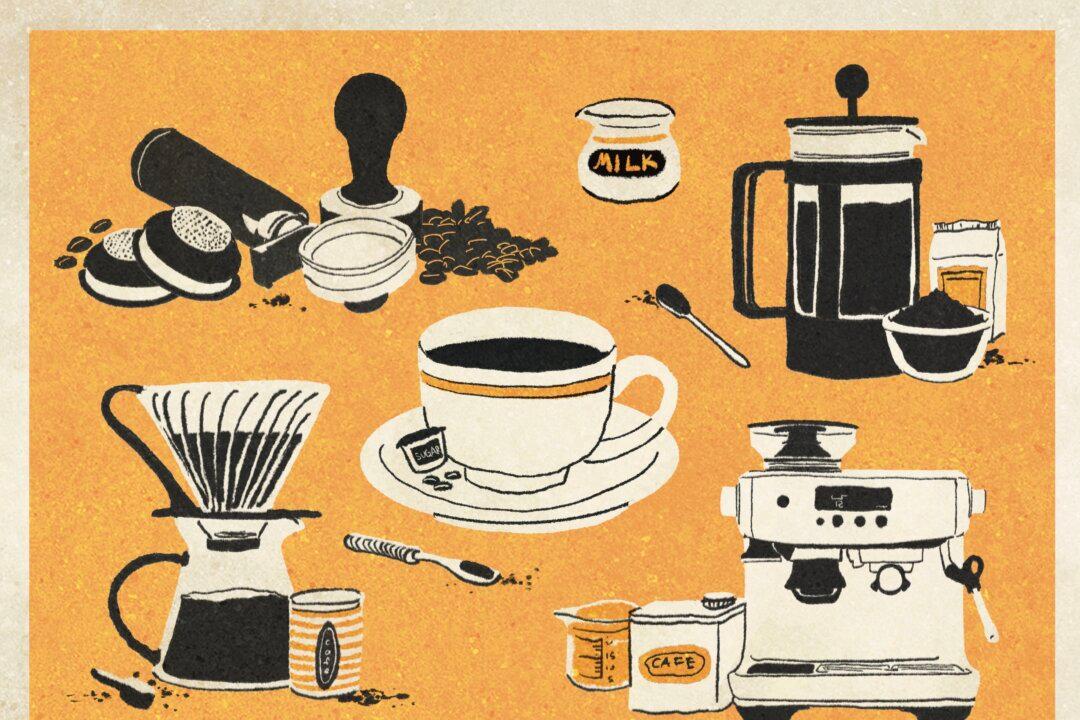I remember my parents boiling coffee on the stove with a glass percolator. As a child, that was a bit of simple entertainment: looked awesome, smelled nice, but tasted awful. The arrival of Mr. Coffee and his drip machine put an end to the show.
But the world of coffee brewing has long been more varied than that, and scientific knowledge and modern adaptations have only made that more true. Craft coffee shops and artisanal roasters have taken our tastes way beyond cans of Folgers and Maxwell House. And from personal espresso machines and siphons to pour-overs and cowboy coffee, the home brewer has many options.





